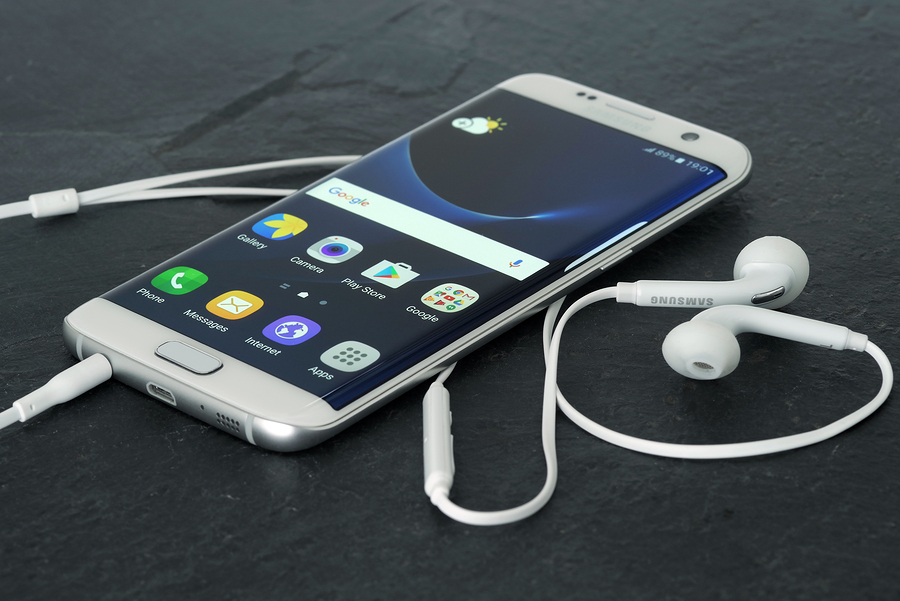Since their second and final recall in October 2016, Samsung has now pledged to recycle or reuse 157 tonnes of precious materials from its defunct collection of Note 7 handsets.
Including, gold, silver, cobalt, and copper, the South Korean manufacturer is looking to put the materials into safe Galaxy Note FE units.
The fire prone batteries are not to be included but other parts, such as camera modules, chips, and displays are also set to be recovered.
In a statement, Samsung said:
Samsung Electronics will continue to expand its eco-friendly method of collecting and processing old products as well as new products, and plan to actively lead the industry in terms of environmental protection and resource recycling.”
The move follows international pressure from environmental campaign groups including Greenpeace, which found that there are more than 60 elements used in the manufacturing of smartphones in a report which stated:
Manufacturers should measure their innovation not by fewer millimetres and more megapixels.
“But by designing devices to last, by making them easily repairable and upgradeable, and using components and materials that can safely be reused again and again to make new phones.”
Samsung is yet to clarify how it is to remove the materials from the handsets. Apple uses robots named Liam, which dismantle iPhones at the rate of one every nine seconds.
Being that Samsung recalled 4.3 million units, Wired predicts that if Samsung’s machines worked at the same rate as Apple’s, it would take the company three and a half years to complete the process.
It is estimated that 48 million tonnes of gadgets are thrown away every single year across the globe, with the UK contributing 1.2 million tonnes — equating to a value of around £762 million.
In the US, the EPA said that just 29 per cent of the country’s electronic waste was recycled back in 2012.
